BrainWise partners with public and private agencies that train teachers, staff, or employees to teach BrainWise, in addition to individuals, service groups, foundations, and government organizations. In the U.S., they include public and private schools in 30 states, mental health agencies serving children and adults, government and private health providers that serve Native Americans and Alaska Natives, disabled groups, the homeless, and families with complex health issues. BrainWise partners with justice agencies, and the program is taught to delinquents, adults on probation, and women in jail. Our partners have created BrainWise worksheets in Braille for blind students, translated the program to Spanish, and integrated the 10 Wise Ways into activities for the physically disabled and emotionally challenged individuals.
Outside the U.S., our partners in Canada teach BrainWise in school districts and behavioral health agencies. Dr. Li in China translated the program to Mandarin, and invited Dr. Barry twice to make presentations and conduct trainings with her in Kunming and Hong Kong. Rotarians have purchased BrainWise curriculums for schools and agencies in foreign countries, or have introduced BrainWise to agencies helping the underserved in other nations. These connections have introduced BrainWise to schools and agencies in India, Taiwan, Mexico, Africa, and Saudi Arabia.
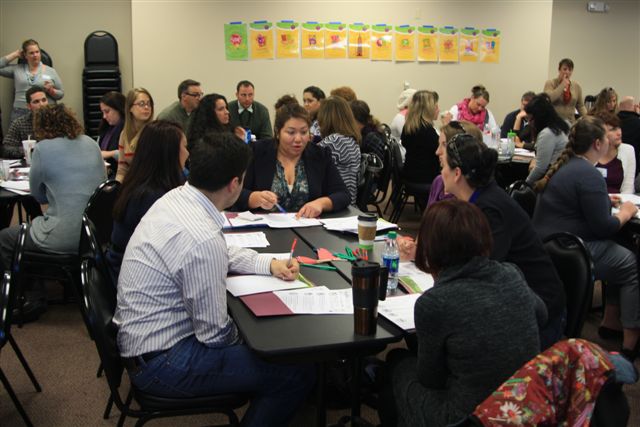
In 1997, Xiaoliang Li, MD, a professor of Public Health at Kunming Medical College, was awarded a fellowship through the Institute of International Education (IIE). Dr. Li visited the U.S., including IIE offices in Denver. She observed programs at Mi Casa Resource Center for Women, and saw BrainWise instructor Susan Medina teaching a class. She met with Dr. Barry, and requested to teach BrainWise to women who were targets of sex traffickers, and to other young people in need of help making responsible decisions. Dr. Li translated the curriculum to Mandarin, and trained educators and health providers in Kunming. In 2007, She founded the Pioneers for Health (PFH) NGO to address tobacco control/cessation in youth, and included BrainWise in the intervention efforts. The challenges are significant, as China’s tobacco industry is both owned and regulated by the government, and profits from tobacco each year are more than $119 billion. Dr. Li and her health team have been long-time champions for teaching BrainWise.
Marguerite (Marga) Theophil, PhD, is training educators in India to teach BrainWise CPR in urban and rural communities. She is the founder of WEAVE, an organization that helps individuals by teaching, learning, and connecting. Marga says that teachers find BrainWise to be a powerful and effective teaching tool. It complements their other curricula, including sessions on Mindful Practices. Here is what she says about why she uses BrainWise:
I learned that so many of them (teachers and counselors) do not use any form of thinking skills in their decision making! I found that BrainWise helps them realize they could be more in control of events and strong emotions, rather than let those things control them. I found the two ways (mindfulness and BrainWise) really nourish and support each other.
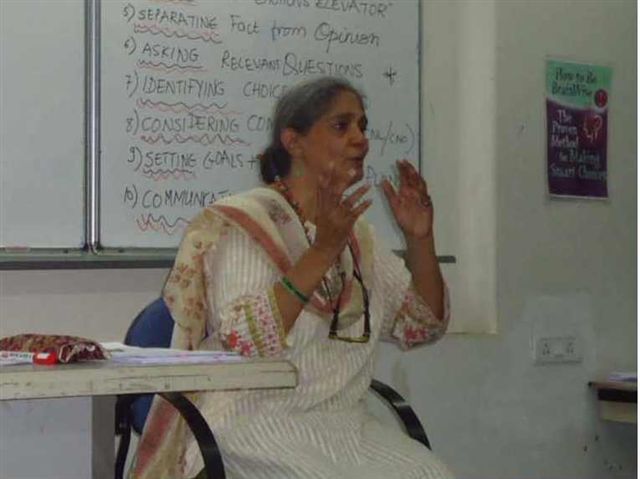
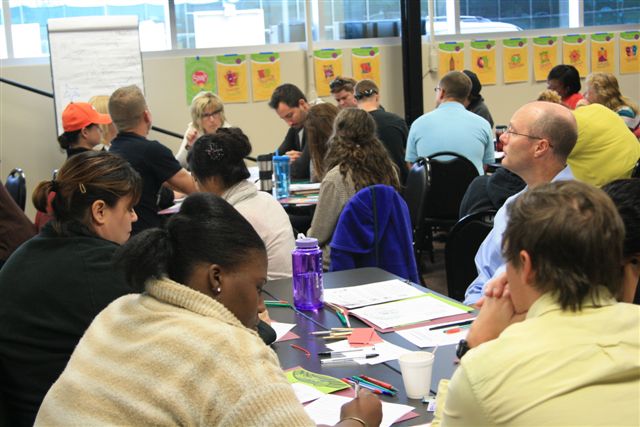
Government agencies, private organizations, and private practice therapists teach BrainWise to children, teens and adults in inpatient and outpatient settings. Their counselors, therapists, nurses, and other providers teach BrainWise in groups, or one-on-one. Teaching the 10 Wise Ways can be done to fit the time constraints and needs of the participants. Instructors are encouraged to include reinforcement activities outside the classroom and to urge clients to apply the thinking skills not only to their problems, but to use them to assess the problems of others. Program users range from individual practitioners to mental health centers, and some examples follow.
For example, the nursing director for The Jefferson County Public Health and Human Services Collaboration made BrainWise the foundation for a program that involved families with multiple children who were receiving federal and county services, including home visitations by nurses. Key to helping these families was helping improve their decision-making, which is why teaching the 10 Wise Ways was a key intervention. Data collected on more than 150 families found they made significant improvements on 24 variables measured.
Like the nursing supervisor, an administrator for an organization that provided transitional housing for homeless men added BrainWise to their intervention programs to teach the men decision-making skills. Outcome research found that the men who received BrainWise, compared to a control group of men who received all the agency’s intervention programs, but not BrainWise, made statistically significant improvements on all measures of executive functions.
The high turnover of administration and staff in many schools and service agencies make it difficult to keep programs. BrainWise is fortunate to attract teachers, social workers, and other staff who manage to keep the program alive, even when the BrainWise champion has moved on, or retired. Additionally, we have found that BrainWise instructors continue to teach the program wherever they go. Examples of users include:
BrainWise for Graded K-5 was piloted at a Denver public elementary school in 1996 by kindergarten teacher Wendy C, an amazing teacher and program champion. Wendy has retired, but her colleagues continue to teach BrainWise and integrate the 10 Wise Ways inside and outside the classroom. The school’s mascot is an Owl, a fitting symbol for a school where BrainWise has been taught for twenty years
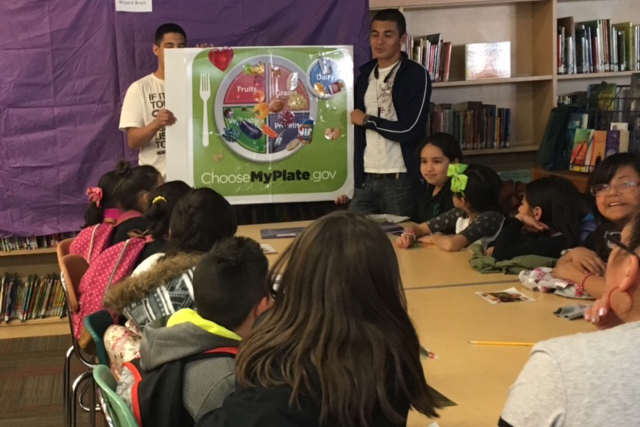
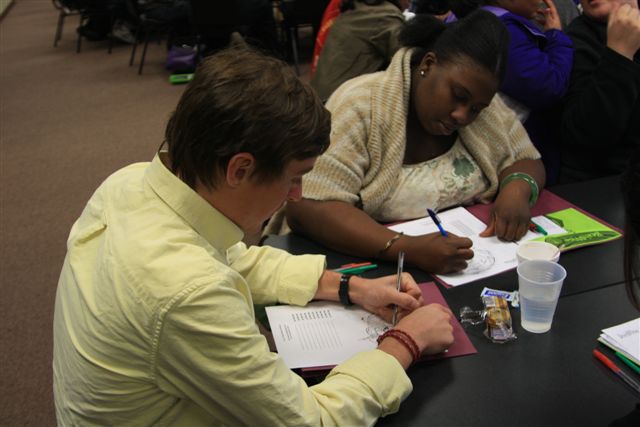
It is rewarding to receive unsolicited praise for BrainWise, and the director of an after-school program for a mountain community in Colorado sent a message about the improved behaviors observed in students immediately after they started using the BrainWise problem-solving worksheets. The 10 Wise Ways were taught in the classrooms, making it easy to reinforce the concepts after-school. The after school program had children involved in disputes fill out the BrainWise problem solving worksheet, and were amazed at the results. The program director said “the children were connecting the dots and recognizing that they had control over their emotions. I handed out over 150 worksheets in the last
month, and out of all those, every issue was resolved before the staff needed to step in. “
Youth who were expelled or dropped out of traditional high schools often are able to complete their educations at schools that specifically target them. Many alternative schools teach BrainWise, and this example showcases one whose enrollment included a majority of students who qualified for free or reduced lunches and would be the first in their family to graduate from high school. BrainWise was taught by a teacher who was also a practicing Buddhist, and he embraced BrainWise, teaching it as the foundation for his courses.
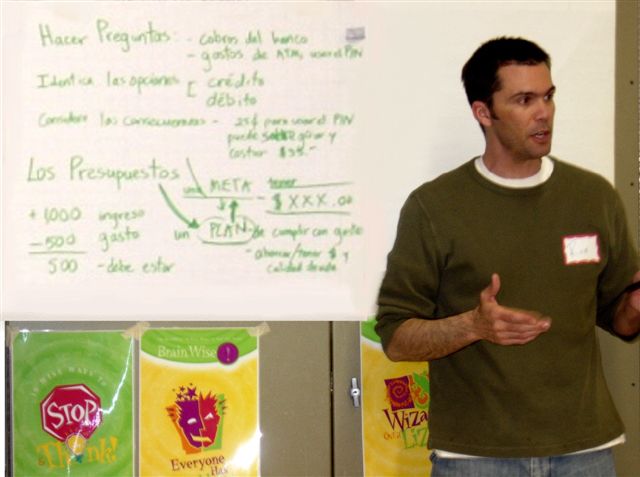
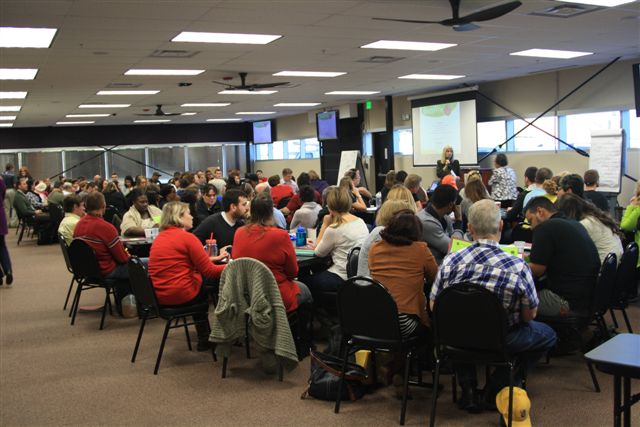
To help students make better choices for their education and future, the administrator for a statewide online school had their faculty trained to teach BrainWise. More than 125 faculty and staff learned about BrainWise and how to integrate it into their courses and interactions with students. The participants gave the training high evaluations, and were thankful for the receiving information they could use with their students immediately.